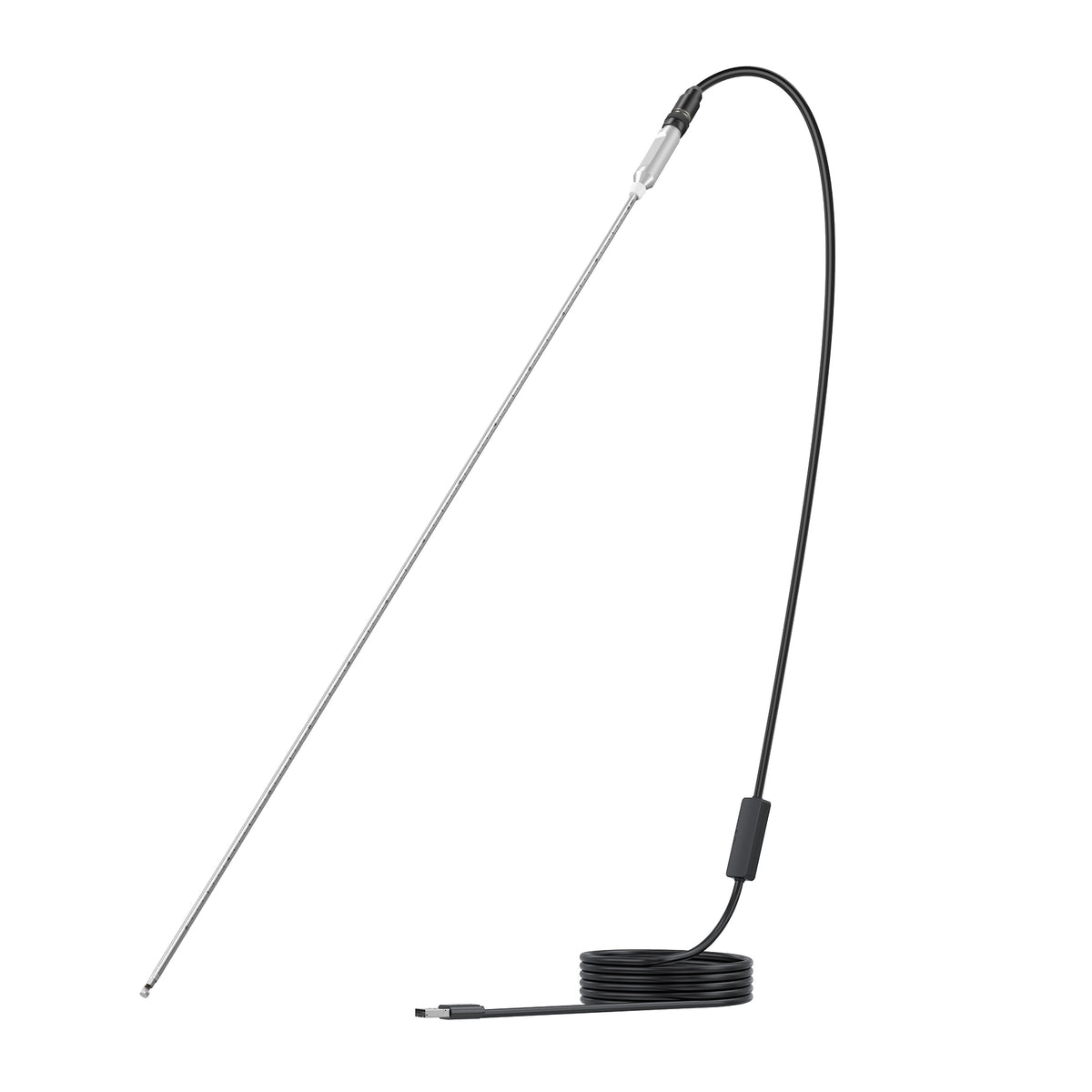Yep, had that discussion multiple times.
Opinions range from it's all due to improper barrel cleaning, to rimfire lasts forever.
I haven't found any publications documenting 22lr barrel wear over time, just reports of worn out barrels.
What causes the wear? The lead alone? Unlikely. Aluminum oxide on the cleaning rods? Possible.
I've been sent links to pics and videos showing worn rifling after long term usage with 22lr.
It all occurs in first few inches of the barrel. So something is chewing up the steel.
I'm not seeing heat discoloration or burn cracking/pitting like centerfire, only linear abrasion patterns.
So far the only things I've found to cause scratching of the steel surface, is burn residue from primer/powder.
Mostly primer residue, with silica particles being the probable culprit.
Images captured show the bore of this barrel is being smoothed out.
Tool marks and hammer forging chatter patterns are being worn away.
I was told it doesn't happen, but from the images recorded, sure looks like it does.


Images collected in sequence, starting at the leade, ending at the crown.
4 images taken at referenced intervals, 90 degrees clockwise, starting at the bottom of the bore
Links to the hosted image folders, so the number of pics won't crash the thread.
Take a look, decide for y'erself if wear is occurring.
Bore images - from the factory
Bore images - After 100 shots
Bore images - After 200 shots
Bore images - After 300 shots
Bore images - After 400 shots
Bore images - After 500 shots
Bore images - After 600 shots
Bore images - After 700 shots
Opinions range from it's all due to improper barrel cleaning, to rimfire lasts forever.
I haven't found any publications documenting 22lr barrel wear over time, just reports of worn out barrels.
What causes the wear? The lead alone? Unlikely. Aluminum oxide on the cleaning rods? Possible.
I've been sent links to pics and videos showing worn rifling after long term usage with 22lr.
It all occurs in first few inches of the barrel. So something is chewing up the steel.
I'm not seeing heat discoloration or burn cracking/pitting like centerfire, only linear abrasion patterns.
So far the only things I've found to cause scratching of the steel surface, is burn residue from primer/powder.
Mostly primer residue, with silica particles being the probable culprit.
Images captured show the bore of this barrel is being smoothed out.
Tool marks and hammer forging chatter patterns are being worn away.
I was told it doesn't happen, but from the images recorded, sure looks like it does.
Images collected in sequence, starting at the leade, ending at the crown.
4 images taken at referenced intervals, 90 degrees clockwise, starting at the bottom of the bore
Links to the hosted image folders, so the number of pics won't crash the thread.
Take a look, decide for y'erself if wear is occurring.
Bore images - from the factory
Bore images - After 100 shots
Bore images - After 200 shots
Bore images - After 300 shots
Bore images - After 400 shots
Bore images - After 500 shots
Bore images - After 600 shots
Bore images - After 700 shots
Last edited:





![mg]](https://i.postimg.cc/m2F1rwf1/bl1.jpg[/mg])
